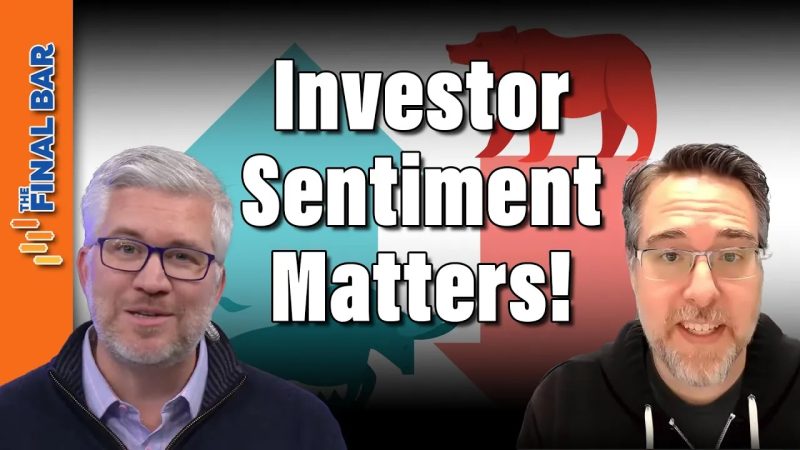The NAAIM Exposure Index is a widely recognized and influential tool that matters greatly to investments. Tracked by the National Association of Active Investment Managers (NAAIM), this index provides valuable insights into investor sentiment and market trends. By monitoring the index, investors can make informed decisions and adjust their investment strategies accordingly.
The NAAIM Exposure Index is a measure of active managers’ overall equity exposure in their investment portfolios. It ranges from 0% to 200%, with higher numbers indicating greater exposure to equities and lower numbers reflecting lower exposure. The index is calculated weekly, providing up-to-date information about active managers’ investment positions.
Why does the NAAIM Exposure Index matter to your investments? Here are a few key reasons:
1. Understanding Market Sentiment: The NAAIM Exposure Index provides a snapshot of the sentiment among active investment managers. If the index is high, it suggests that managers are bullish on the market and have a higher degree of equity exposure. Conversely, a low index may indicate bearish sentiment and lower equity exposure. By staying informed about market sentiment, investors can make more informed decisions about their own strategies.
2. Identifying Turning Points: The NAAIM Exposure Index can help investors identify potential turning points in the market. Peaks or troughs in the index often precede market reversals or shifts in investor sentiment. For example, a consistently high index may indicate that the market is overheated and due for a correction. By paying attention to these potential turning points, investors can adjust their positions and potentially capitalize on market fluctuations.
3. Risk Management: The NAAIM Exposure Index can also serve as a risk management tool. Investors can use the index to gauge the overall risk appetite among active managers. During times of high index readings, when sentiment is excessively bullish, investors may choose to reduce their exposure to mitigate potential risks. On the other hand, during times of low index readings, when sentiment is overly bearish, investors may decide to increase their exposure, taking advantage of potential market upswings.
4. Diversification and Asset Allocation: The NAAIM Exposure Index can inform investors about current market conditions and help them make decisions regarding asset allocation. For instance, if the index is at a high point, it may indicate a bullish market, prompting investors to allocate more funds towards equities. Conversely, a low index reading may suggest a bearish market, leading investors to consider more defensive asset classes or diversify their portfolios to reduce risk.
5. Professional Insights: The NAAIM Exposure Index is compiled by the NAAIM, an organization of active investment managers. As such, it represents the collective wisdom and expertise of these professionals. By considering the index, investors can tap into the knowledge and experience of active managers, enhancing their own investment decision-making process.
In conclusion, the NAAIM Exposure Index is an essential tool that matters greatly to investments. By providing insights into investor sentiment, identifying turning points, aiding in risk management, informing asset allocation decisions, and offering professional insights, the index empowers investors to make more informed decisions and potentially improve their investment performance. It is important for investors to pay attention to this index and incorporate it into their investment strategies.


